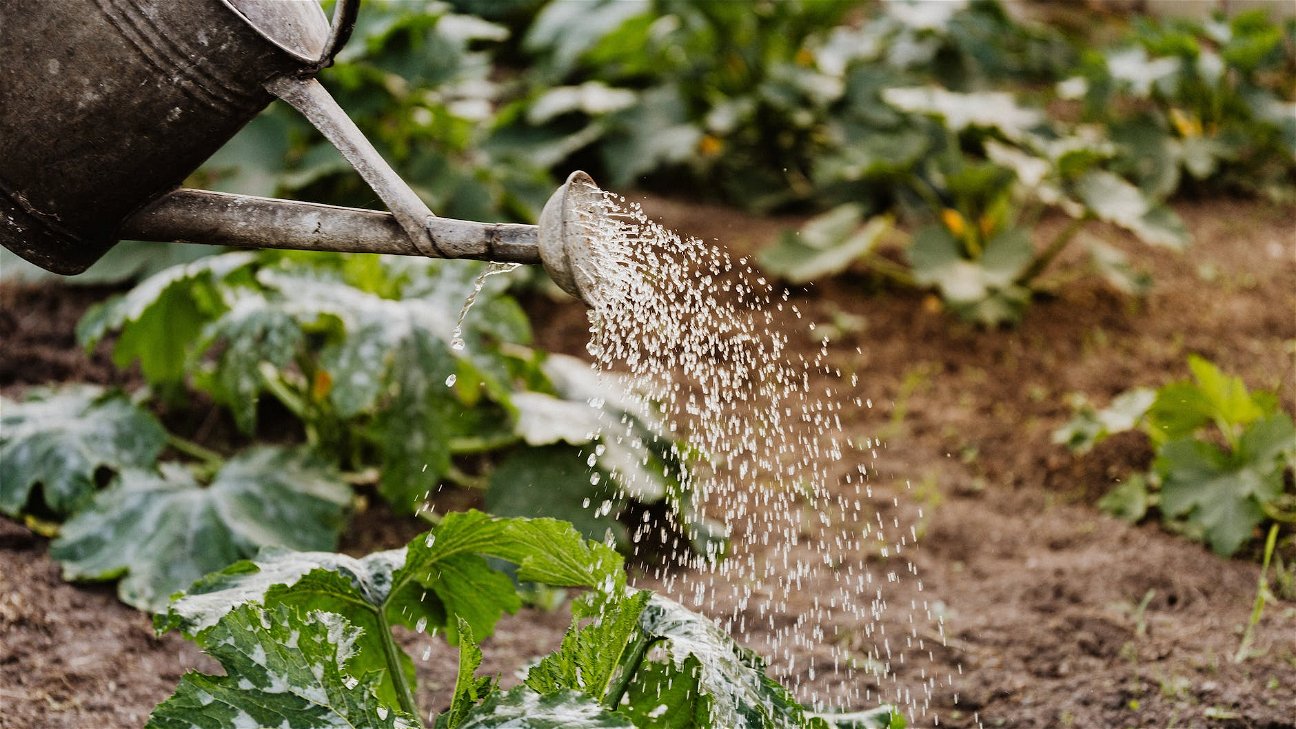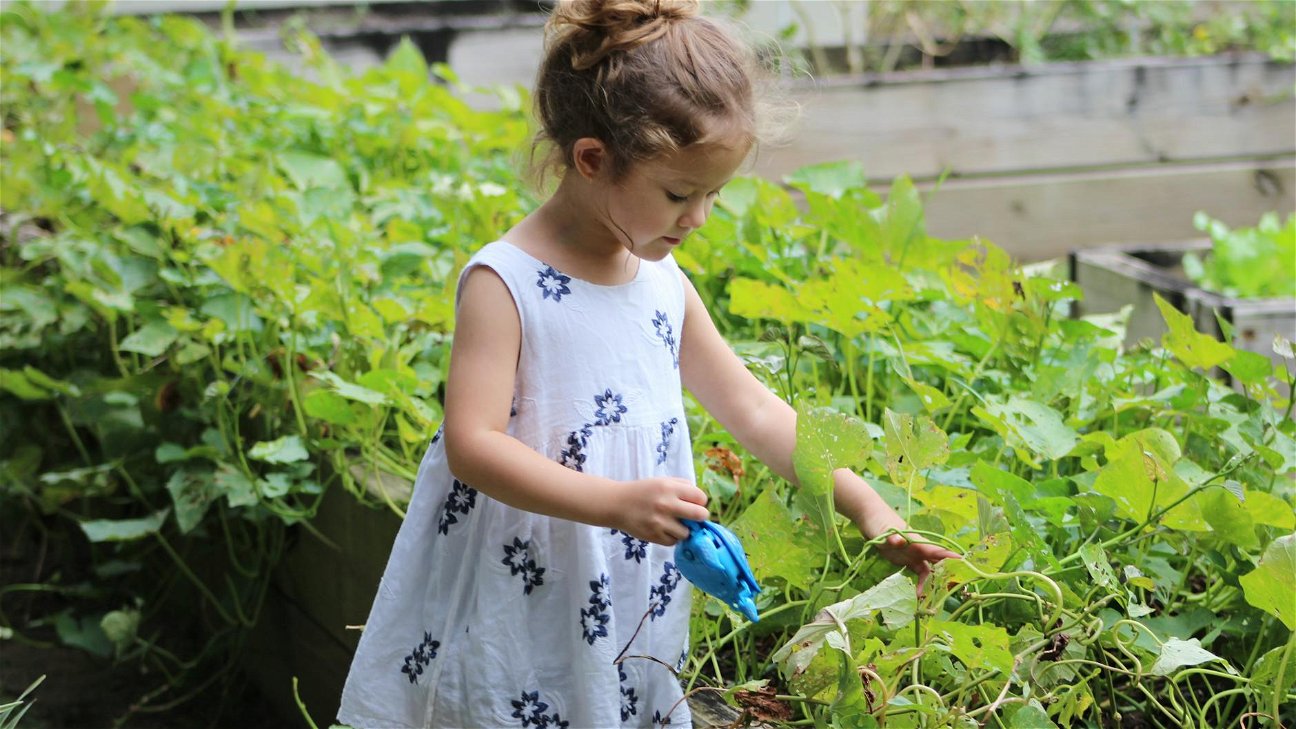
Are you seeking ways to boost your garden's productivity, enrich your soil, and ward off pests and diseases? Then, you may want to consider the age-old practice of crop rotation. Crop rotation isn't just for large-scale farms—it can bring substantial benefits to your home garden too.
What is Crop Rotation?
In simple terms, crop rotation is the practice of growing different types of crops in the same area over sequential seasons. The process involves dividing your garden into sections and planting a different type of crop in each section every year. This method not only helps improve the soil's fertility but also reduces the risk of certain diseases and pests.
Why Rotate Crops Annually?
There are several good reasons to rotate your crops annually:
-
Improving Soil Fertility: Different crops have varying nutrient requirements. By changing the type of crop grown in a particular spot each year, you can prevent the soil from being depleted of certain nutrients. For example, legumes like peas and beans can fix nitrogen from the air into the soil, benefiting subsequent crops that need nitrogen.
-
Preventing Plant Diseases and Pests: Certain pests and diseases are crop-specific. By rotating crops, you disrupt the life cycle of these pests and diseases, reducing their presence in your garden.
-
Increasing Crop Yield: Crop rotation can lead to higher yields by improving soil structure and fertility and reducing diseases and pests.
How to Implement Crop Rotation
-
Start by drawing a plan of your garden: It helps to have a visual representation of your garden to plan which crops will go where each year.
-
Divide your garden into sections: How many sections you have will depend on the size of your garden and the variety of crops you intend to grow.
-
Choose your crops: Group crops together that have similar nutrient needs. This is often done by plant family. For example, you might have a legume section, a leafy greens section, and a root vegetables section.
-
Rotate your crops: In subsequent years, rotate which section each crop group goes into. Remember, the key is to not plant the same type of crop in the same place two years in a row.
-
Keep records: Keeping a gardening journal can help you remember what was planted where and when, aiding in your crop rotation efforts.
Remember, while implementing crop rotation involves some planning and work upfront, the benefits that your garden reaps in the long run make it well worth the effort.











